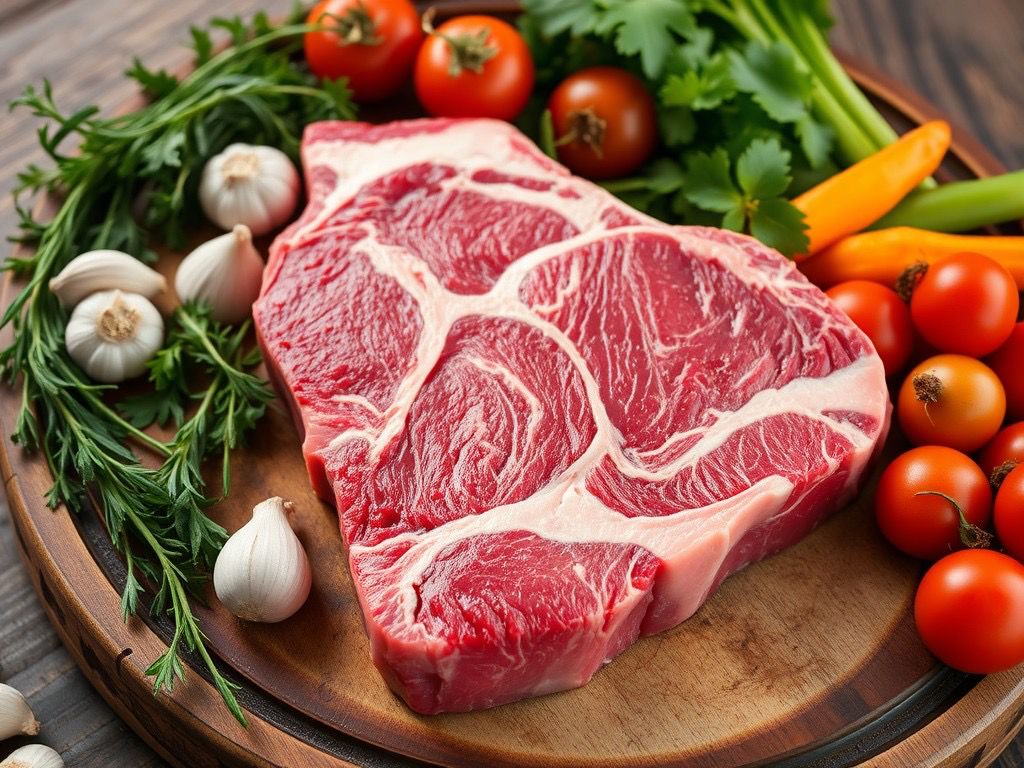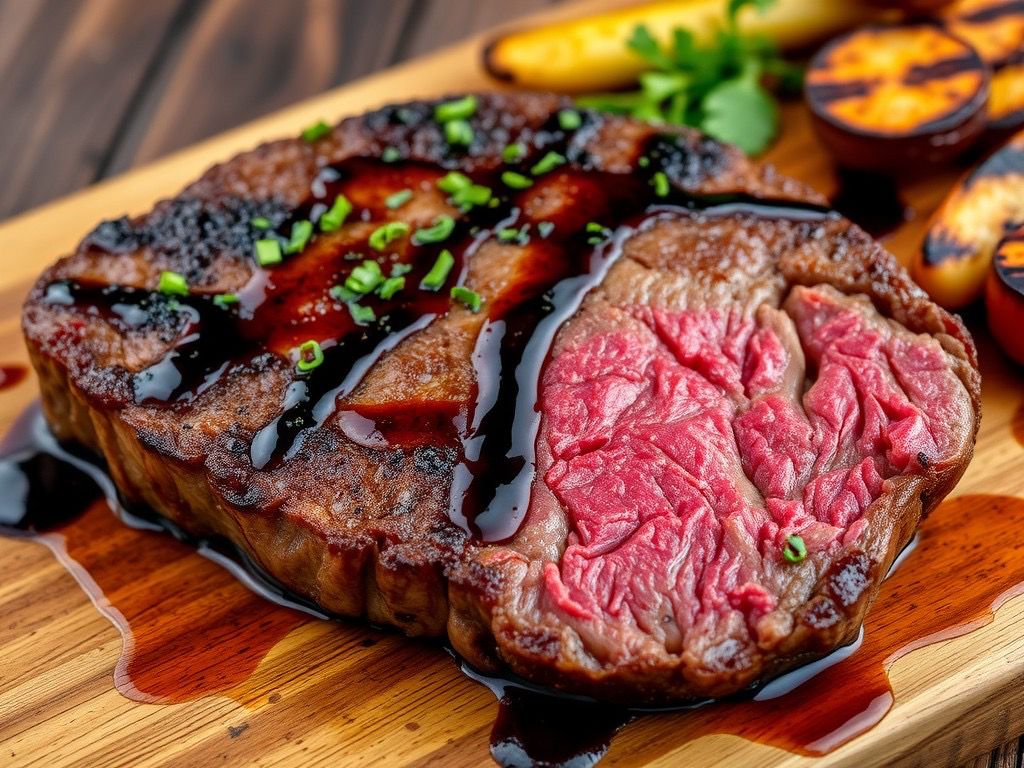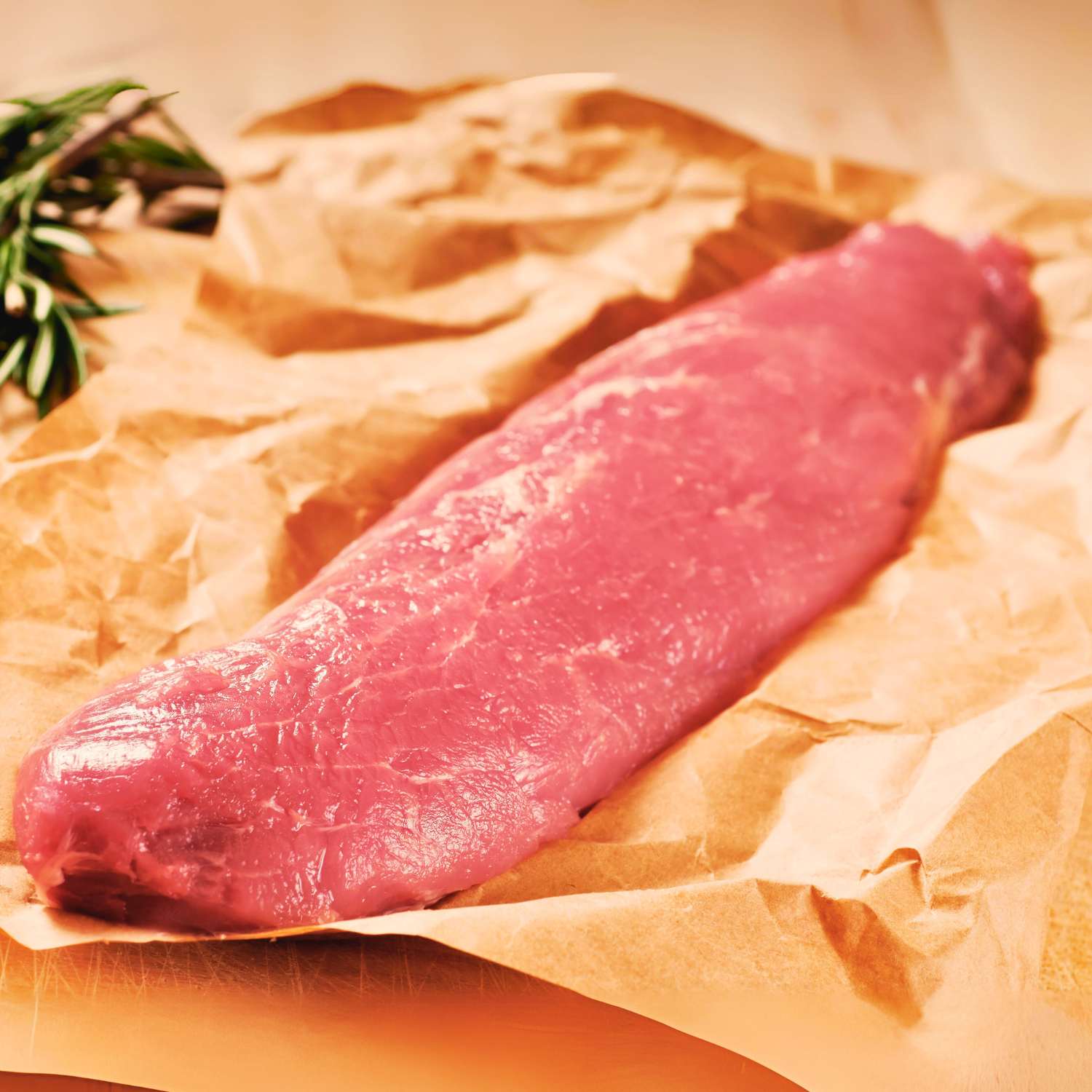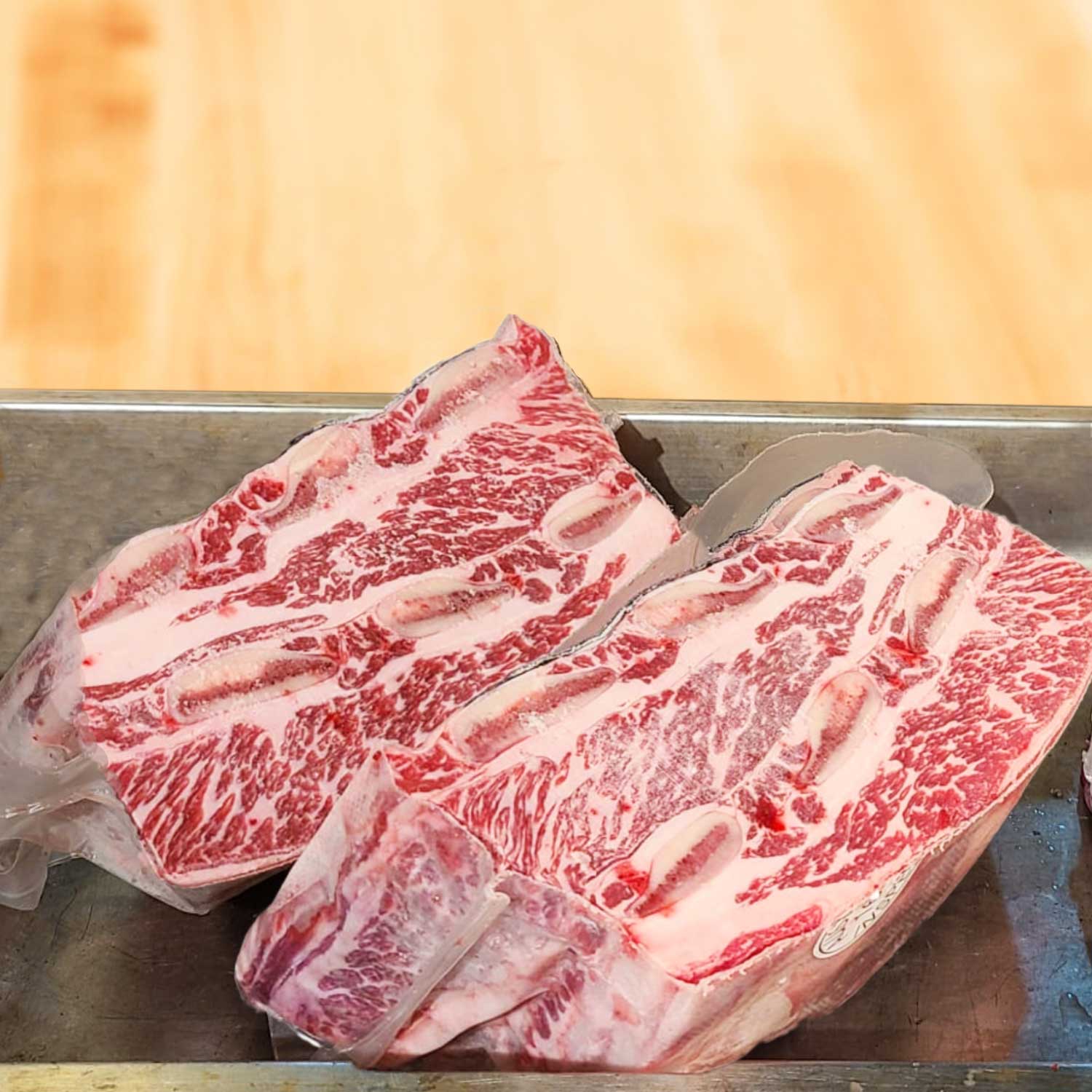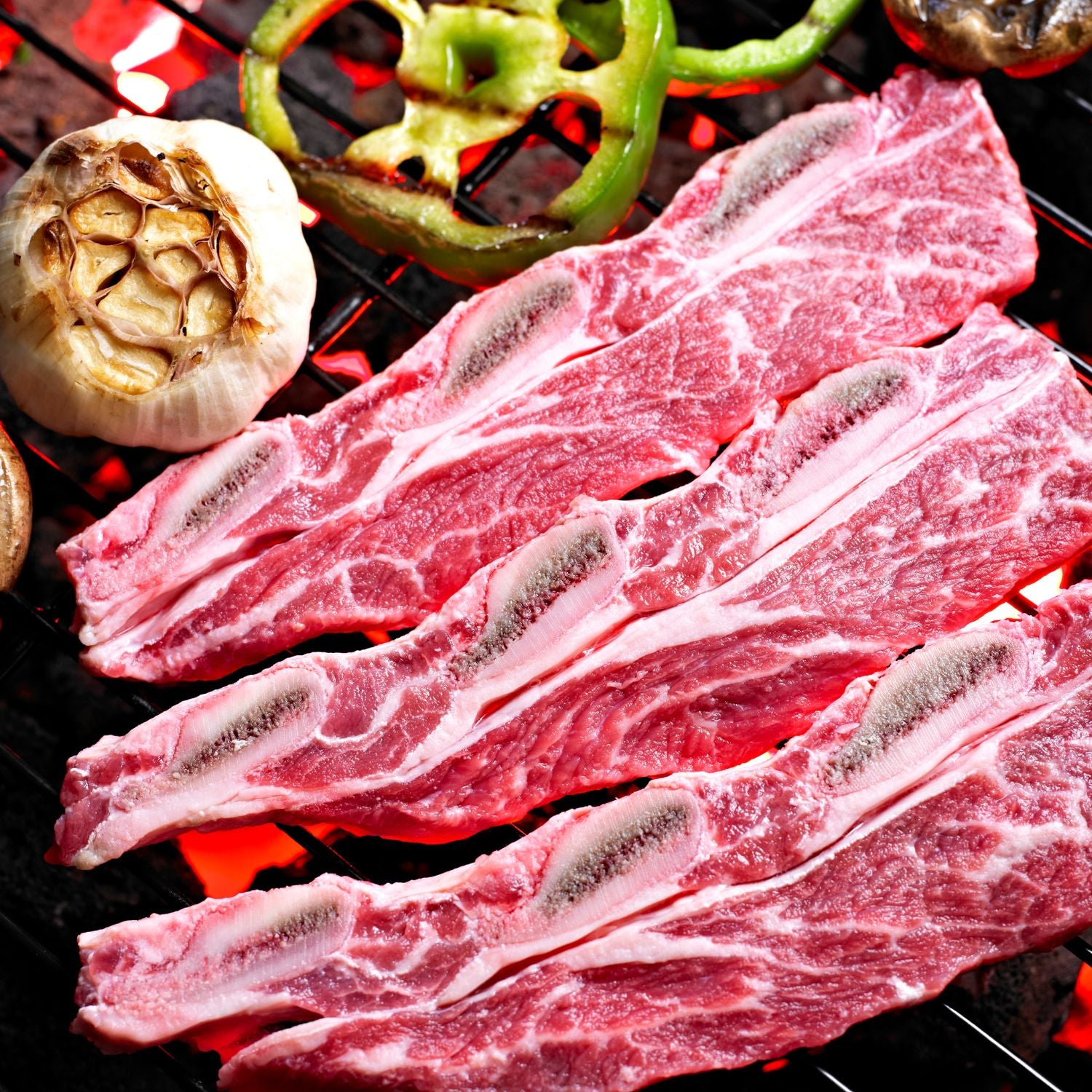The Appeal of Grass-Fed Ribeye: Quality and Health Benefits
What Makes Grass-Fed Ribeye a Healthier Choice?
Grass-fed ribeye is a better health choice for several reasons. It tends to be leaner, with less total fat than grain-fed beef. This results in fewer calories per serving. It's also richer in key nutrients like omega-3 fatty acids, known to benefit heart health. Besides these, it has more antioxidant vitamins, such as vitamin E. This mix of lower fats and higher nutrients makes grass-fed ribeye a premium option. For health-conscious meat lovers in Hong Kong, it's a smart pick.

The Impact of Diet on Meat Quality: Why Grass-Fed Matters
The diet of cattle greatly affects meat quality. Grass-fed cows eat natural diets. They graze on open pastures. This diet leads to better meat. The ribeye from these cows is leaner. It has more healthy fats. These fats are omega-3s and CLAs (conjugated linoleic acids). The meat is also richer in vitamins. Vitamins such as A and E are higher in grass-fed beef. This natural diet reduces the risk of bad fat. Bad fat is linked to heart disease. Grass-fed beef is also more sustainable. It is good for the environment. So, eating grass-fed ribeye is not just good for you. It is also good for the planet.
The Journey of a Grass-Fed Ribeye from Farm to Table
The journey of a grass-fed ribeye starts in lush pastures. Here, cattle graze freely, eating a natural diet. This lifestyle is key to the meat's high quality. In Hong Kong, such farms follow strict protocols. They make sure the beef is top-notch and safe. The grass-fed cattle grow at a natural pace. No growth hormones or unnecessary antibiotics are used. Once ready, the ribeye is carefully processed. It's then aged to enhance flavor and tenderness. Every step from farm to table ensures the steak's premium status. Thus, it earns its place in Hong Kong's high-end dining scene.
Discovering Black Angus: Hong Kong's Finest Beef Export
The History and Origins of Black Angus Cattle
Black Angus cattle are well-known for their rich taste and tender meat. They come from Scotland. In the 1800s, they were brought to America. Over time, they became popular worldwide. Now, Hong Kong enjoys this premium beef too. Chefs and foodies prize Black Angus for its marbling and flavor. Its meat is a favorite in high-end restaurants and gourmet kitchens across the city. The history of this cattle breed is a tale of quality and excellence. It is a story that adds depth to every steak from farm to table.
Why Black Angus Ribeye Is a Must-Try for Meat Lovers
For those who savor the taste of beef, Hong Kong's Black Angus ribeye is a culinary treasure. This beef cut stands out with its rich marbling, enhancing the flavor and making each bite succulent. The unique texture, a result of careful breeding and feeding, ensures a melt-in-your-mouth experience. Aged to perfection, the Black Angus ribeye offers a complex taste profile. For a superior steak experience in Hong Kong, trying the Black Angus ribeye is essential.
Factors That Influence the Taste and Texture of Black Angus Ribeye
- Breed and Genetics: The DNA of Black Angus cattle plays a role in meat quality.
- Feed: Cattle diet affects the ribeye's flavor and marbling.
- Aging Process: Aging meat can enhance its taste and tenderness.
- Butchery Techniques: The way beef is cut impacts its texture.
- Rearing Conditions: Stress-free environments promote better meat quality.
- Climate and Geography: Hong Kong's unique climate contributes to the beef's characteristic.
Tips for Selecting and Preparing Grass-Fed Ribeye and Black Angus
Key Factors to Look for When Purchasing Premium Ribeye
When buying premium ribeye, whether grass-fed or Black Angus, look for even marbling, bright red color, and fresh smell. The fat should be creamy white, not yellow, signaling quality. Origin matters too; opt for locally sourced beef for the freshest cut. A thick steak ensures proper cooking, aiming for at least one-inch thickness. Remember, the ribeye's quality is also assessed by its grade. Seek out USDA Prime, or its local equivalent in Hong Kong, ensuring unparalleled tenderness and flavor. Lastly, trust your butcher; a reputable seller can guide your choice and offer the finest selection.
The Art of Perfectly Cooking Ribeye: Techniques and Recipes
Cooking a succulent grass-fed ribeye or Black Angus requires skill and know-how.
- Preheating Is Key: Begin by preheating your grill or pan to the right temperature. For steaks, a hot surface seals in flavors.
- Seasoning Matters: Just before cooking, season the steak generously with salt and maybe some pepper. This enhances taste.
- Don't Overcrowd: Cook one or two steaks at a time. This ensures even heat distribution and proper cooking.
- Thermometer Check: Use a meat thermometer to check doneness. For medium-rare, aim for 130-135°F.
- Let It Rest: After cooking, let your steak rest for a few minutes. Juices redistribute, making the steak more tender.
These techniques, coupled with good recipes, promise delicious meals. Try herb butter or red wine reduction for added flavor.
Serving Ribeye: How to Impress Your Guests
When it's time to serve ribeye, presentation is key. Simple garnishes like a sprig of rosemary add class. Choose sides that complement the main star. Think roasted veggies or a fresh salad. Don't forget to let your steak rest before cutting. Serve it on a warm plate to keep it hot. For a final touch, offer a selection of sauces. But remember, a good steak stands out on its own.









